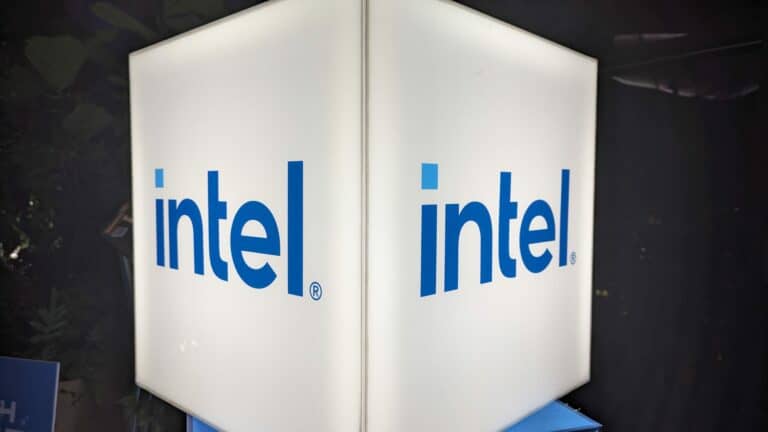Intel’s share price under former CEO Pat Gelsinger was already heavily influenced by state aid. Now, under his successor Lip-Bu Tan, this influence has culminated in a formal stake in the US chip company.
When the United States, the European Union, and other countries wanted to boost their chip industries in recent years, the motto was: set aside billions to charm chip companies at home and abroad into making local investments in production lines. For a while, there didn’t even seem to be an arms race between the competing geopolitical constellations. Both Intel and TSMC showed interest in projects in the US, Europe, as well as other places where subsidies were available. That time is largely over.
Not a shift in focus, but a shift in money
Although TSMC still wants to expand chip manufacturing in Europe through a joint venture called ESMC (together with Bosch, Infineon, and NXP), Intel has abandoned equivalent ideas. The existing Irish capacity will remain in place (and it existed before the chip grants), but the workforce there has declined in number, as has been the case with Intel’s global workforce. However, there will be no Intel factory in Wroclaw, Poland, or Magdeburg, Germany.
Intel has confirmed several times in recent months that it does intend to continue its US expansion. Arizona, where rival TSMC is also building, will still be home to a brand-new Intel Foundry factory. These capital investments are still substantial and are resulting in deep red figures that wipe out revenues from client and server processors. CEO Lip-Bu Tan therefore stated that a major customer would have to come forward for the future 14A process, otherwise he would scale back the investments in it.
This brings us to last weekend. After US President Trump initially suspected Lip-Bu Tan of a conflict of interest due to his Chinese ties, he is now back on good terms with the Malaysian-American businessman. In fact, Trump now believes in Intel so much that his administration is partnering with the company by taking a 10 percent stake. That is a bit of an oversimplification, as it turns out.
The majority of the $8.9 billion in funding from the US government comes from promised investments under the US CHIPS Act. $5.7 billion to be precise, the remainder of the amount that Intel has gradually received in recent years under both Biden and Trump. The rest ($3.2 billion) comes from the Secure Enclave program, also part of the CHIPS Act.
What is really changing?
The difference between the previous state of affairs and the new state interest therefore lies in how the money goes to Intel; there’s no change in the fact that it would be going to Intel. Admittedly, Trump had strong doubts about the nature of the CHIPS Act, but he did not kill it before this new development.
The 10 percent stake in Intel changes the nature of the transaction from a subsidy to an investment, but Intel remains the recipient and can do with the cash as it sees fit, while Washington can formally act as a shareholder, not just as an informal stakeholder.
It sharpens the relationships, but it is not a bailout as was the case for some large banks during the financial crisis starting in 2008. Instead, this step should both build confidence in Intel (and the stock shows that this has worked, at least at this early stage) and serve as a warning. After all, Intel is too important to fail and, when it comes down to it, too big to do so. If the ceiling does end up caving in on Chipzilla, the US government will have earned itself 10 percent off.
